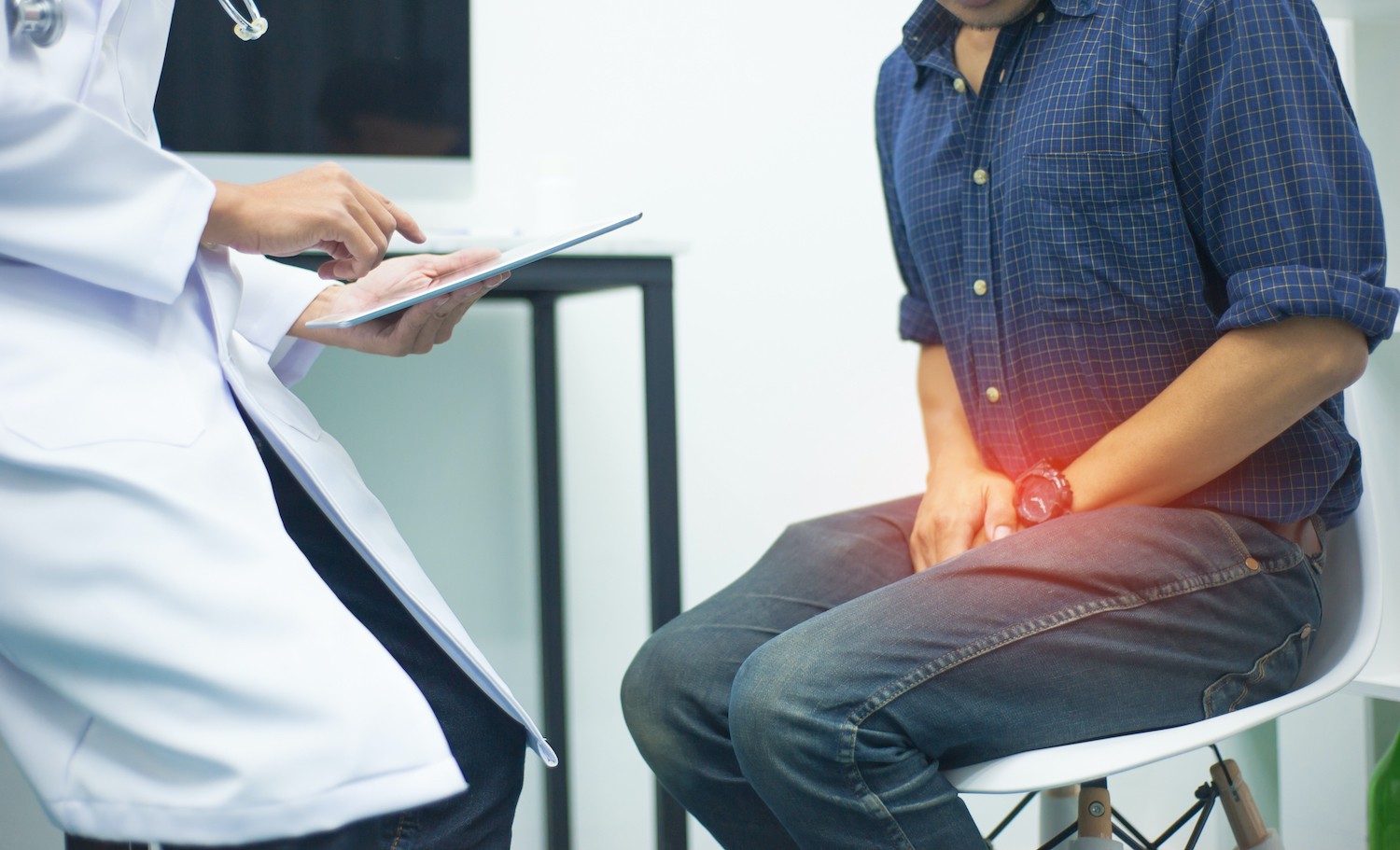Published - Fri, 11 Nov 2022

Gonorrhea: Clinical Features, Evaluation & Treatment
- ETIOLOGY: Gonorrhea is caused by Neisseria gonorrhoeae.
Incidence: The ages of 20 and 24 have the highest frequency of the disease.
CLINICAL FEATURES
1. Local disease
a) Acute urethritis is the most common presentation in heterosexual men. Symptoms begin within 1 to 14 days of exposure and consist of dysuria and penile discharge. Three to ten percent of men with gonorrhea may be asymptomatic.
b) Cervicitis: Primary gonorrhea in women is usually asymptomatic, and when symptoms do occur, they are usually mild and non-specific. Up to 20% of women with primary gonorrhea develop pelvic inflammatory disease, and 33% to 81% of women with the pelvic inflammatory disease have gonorrhea.
c) Pharyngeal gonorrhea can be asymptomatic: The pharynx is colonized in 3% to 7% of heterosexual men, 5% to 20% of women, 10% to 25% of homosexual men, and 39% to 96% of pregnant women.
d) Anorectal gonorrhea is common in both heterosexual women and homosexual men and is often asymptomatic. When symptoms occur, they are usually mild pruritus and rectal discomfort.
2. Disseminated gonorrhea may complicate the disease course in 1% to 3% of patients with localized disease and is manifested most commonly as monoarticular arthritis or pustular dermatitis syndrome.
DIFFERENTIAL DIAGNOSES
1. Gonococcal urethritis must be differentiated from non-gonococcal urethritis caused by Chlamydia trachomatis.
2. Disseminated gonorrhea: N. meningitidis infection, acute rheumatic fever, and Reiter syndrome must be ruled out. Differential diagnoses for skin lesions include syphilis, HIV infection, and condyloma acuminata.
EVALUATION: Gram stain and culture of discharges are the cornerstones of diagnosis. All patients evaluated for gonorrhea should also have blood drawn for syphilis serology.
THERAPY: For uncomplicated cervicitis or urethritis:
1. Ceftriaxone (250 mg intramuscularly) and doxycycline (100 mg orally twice daily for 14 days, to cure possible concomitant Chlamydia infection) are the standard therapy.
2. Cefixime (400 mg orally in a single dose) is no longer an accepted alternative due to resistance.
3. Azithromycin, 2 g one-time dose, is an alternative for cephalosporin allergic patients.
DISPOSITION
1. Uncomplicated gonorrhea is managed on an outpatient basis. All sexual contacts must be identified and treated, and HIV testing should be considered by the patient with his or her primary physician at a later date.
2. Patients with disseminated gonorrhea require hospitalization.
Created by
Search
Popular categories
Latest blogs

All you need to know about Syphilis
Tue, 15 Nov 2022

What is Pemphigus Vulgaris?
Tue, 15 Nov 2022

Know about Scorpion Stings
Sat, 12 Nov 2022

Write a public review